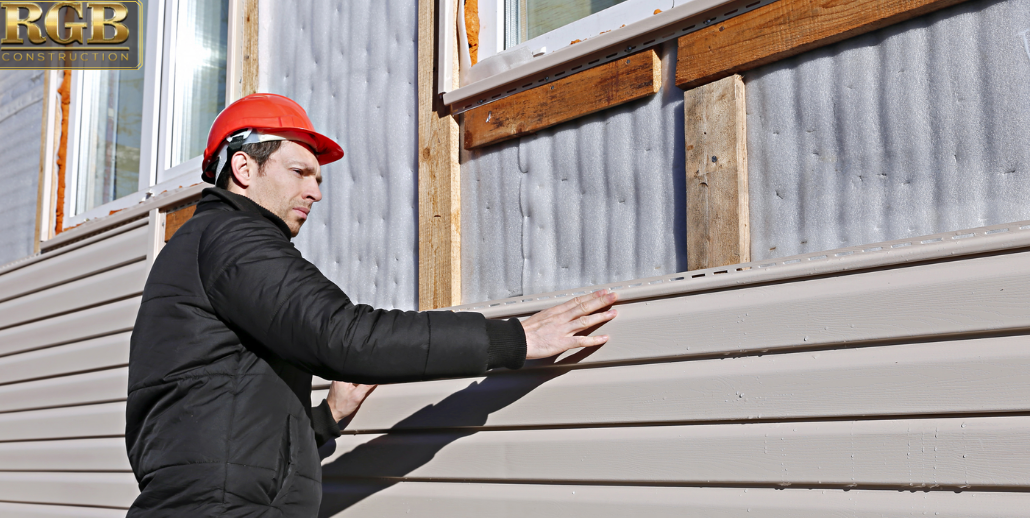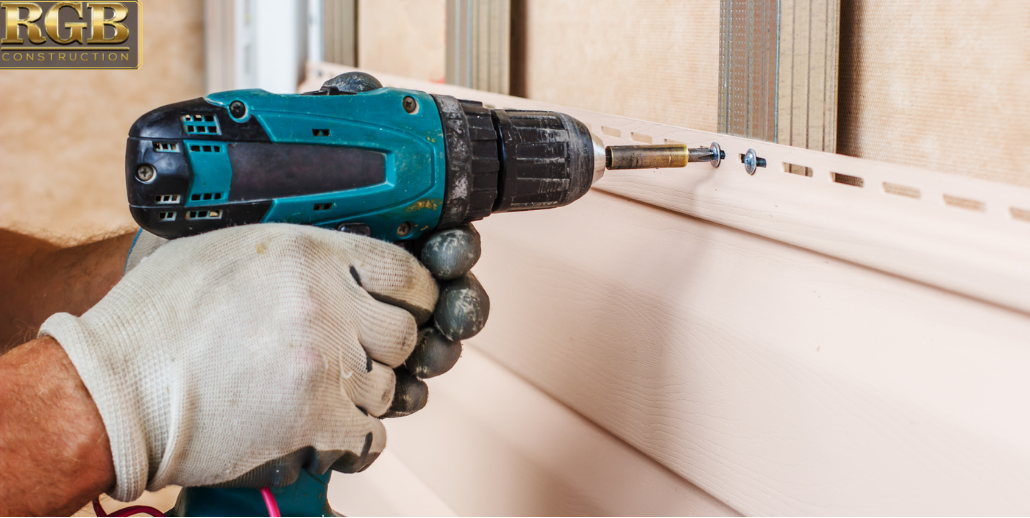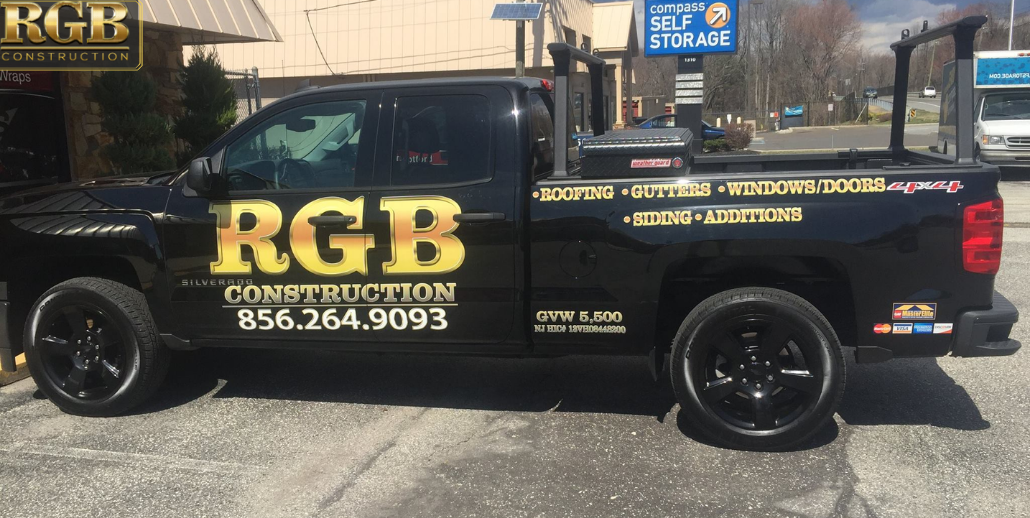Siding options are plentiful, and you’ve probably seen most of them before but don’t know the name. One of the more popular siding options is called lap siding or clapboard. Many newer homes utilize lap siding, but it works on remodeled exteriors and highlighting the accents of stucco and stone as well.
Wondering what lap siding is and if it’s right for your home? We’re going to answer that question and more.
What Is Lap Siding?
Lap siding is a form of siding that is composed of long, flat boards that are placed so they overlap one another. You may often hear lap siding referred to as clapboard, though lap siding often uses longer boards than what you’d see with traditional clapboard siding.
Benefits Of Lap Siding
Lap siding has one big advantage: it will boost curbside appeal. But that’s not the only reason to get lap siding for your home.
Benefits of lap siding include:
- Durability
- Variety of long-lasting colors
- Nearly maintenance-free
- Sustainable (fiber cement option)
- Rot-resistant
- Often covered by a 20-50 year warranty, depending on the manufacturer
- Easy repairs
Styles Of Lap Siding
There are technically several types of lap siding that you can choose from. Each style is distinct and can upgrade the look of your home in different ways. Plus, some styles of lap siding use a particular material. Understanding the options can help you make the best choice.
Traditional Lap Siding
When you think of lap siding, you probably imagine the most traditional form, which is where the narrow top end of the siding is placed beneath the wider edge of the next panel. There is a
slight shadow and less of a beveled edge, so this style is more muted than Dutch lap and clapboard.
Clapboard Siding
This is the next kind of lap siding that people imagine, especially if you’re from the New England area. The clapboard is horizontal, and each piece is wedge-shaped. The top is thinner and the bottom is wide. Those pieces are then placed so they overlap.
Beaded Lap Siding
Beaded lap has a thicker bottom, or bead, along the edge. You get a more defined shadow than you would with traditional lap siding. You’ll find that beaded lap siding is much less common than the other styles. It’s a very decorative style, and it will definitely turn heads.
Dutch Lap/Horizontal Lap Siding
A highly common form of lap siding. The pieces in Dutch lap are concave, giving you a deeper shadow. This form of lap siding is less expensive to produce and install; it’s been popular since it was introduced to the market.
Shiplap Siding
This is a unique form of lap siding that overlaps the top of the piece. The joints and tolerances are extremely tight to prevent water leakage, and it will look almost flat. With shiplap, the narrow top edge of the course goes beneath the bottom edge of the next panel, eliminating shadows and reveal.
Lap Siding Materials
In the past, lap siding was made from wood. Obviously, unless the wood is treated and maintained, it won’t last long. This brought about a search for materials that required less maintenance and greater durability. So now, you have a couple of options: wood, vinyl, and fiber cement.
Wood Lap Siding
Wood can be great for lap siding, but you will need to paint or stain it to protect it from the elements. Reapply the paint or stain once every few years to keep the siding looking fresh. Wood is also susceptible to water damage, fungus, and insects, so inspections are regularly needed.
Vinyl Lap Siding
One of the more commonly seen materials for lap siding is vinyl. The downside to vinyl is that the courses are often molded together and have no backing, which can lead to cracking after
an impact or exposure to the cold. Vinyl can also melt. Keep in mind that the styles of lap siding are limited with vinyl. If you want shiplap, you’re going to have to use something else.
Fiber Cement Lap Siding
Do you want a sustainable and durable alternative to both wood and vinyl? Fiber cement siding might be a good option for you. This type of material is low maintenance and tends to resist chipping, peeling, moisture, and fire. You also don’t have to worry about insect or pest damage. Customization is possible since fiber cement siding can be cut into different widths.
Installing Lap Siding
When you call a contractor to install lap siding on your home, the process is seamless, because most pieces snap together. Lap siding requires that the smaller top of the board is wedged under the piece that is above it. This wedging forms a protective barrier on the exterior of your house, as well as a neat appearance.
Looking For Lap Siding For Your Home?
Lap siding is an attractive, affordable, and versatile option for any kind of home. If you’re looking for new siding that doesn’t require a lot of maintenance, vinyl and fiber cement lap siding are worth considering. You’re going to want professionals to install your lap siding right, so give RGB Construction a call. We’ve been in business since 2008 and maintain a standard of excellence










